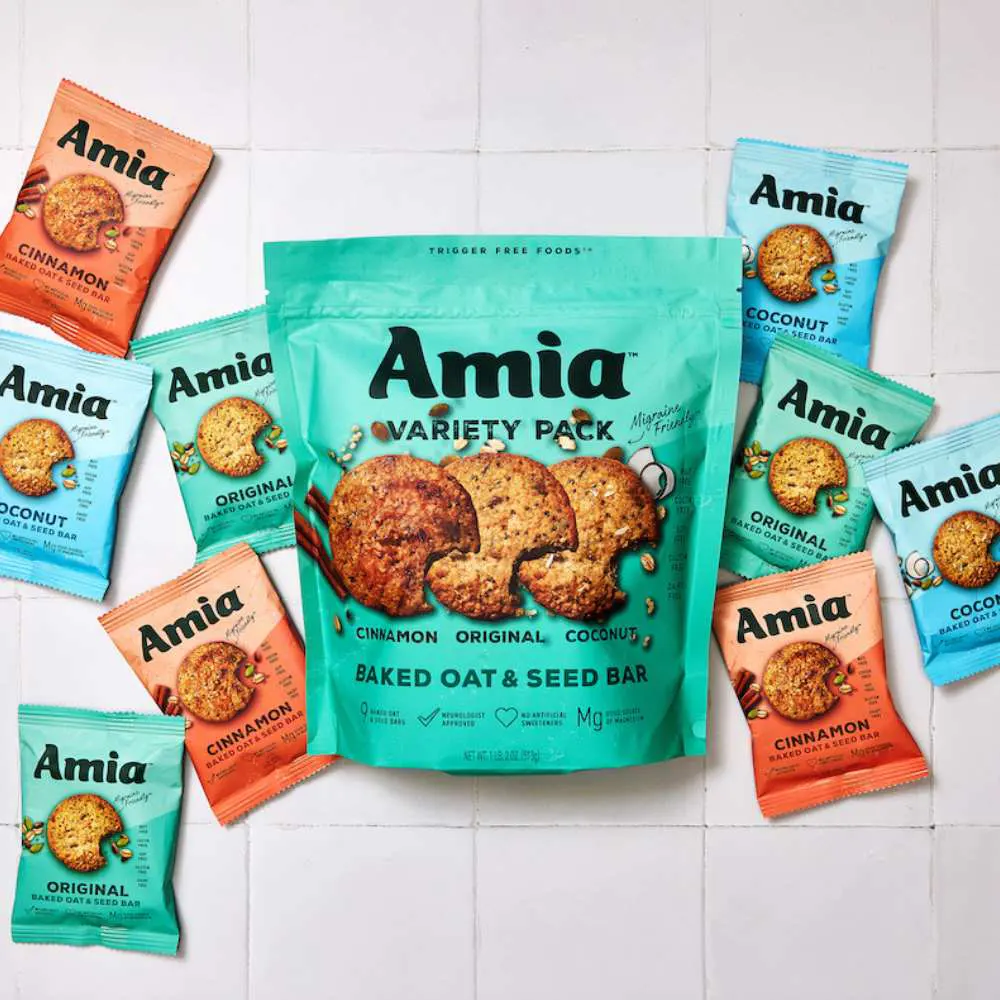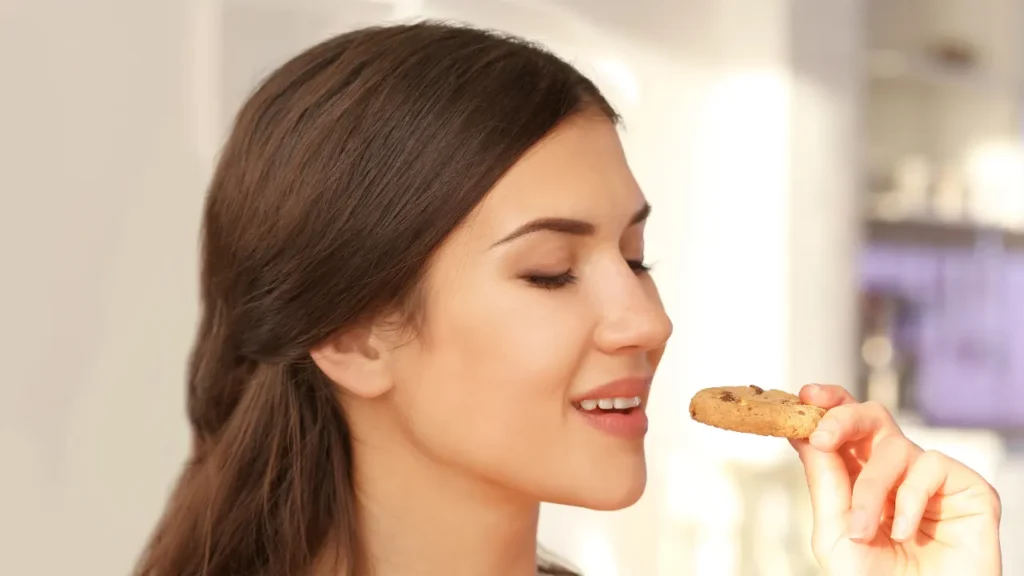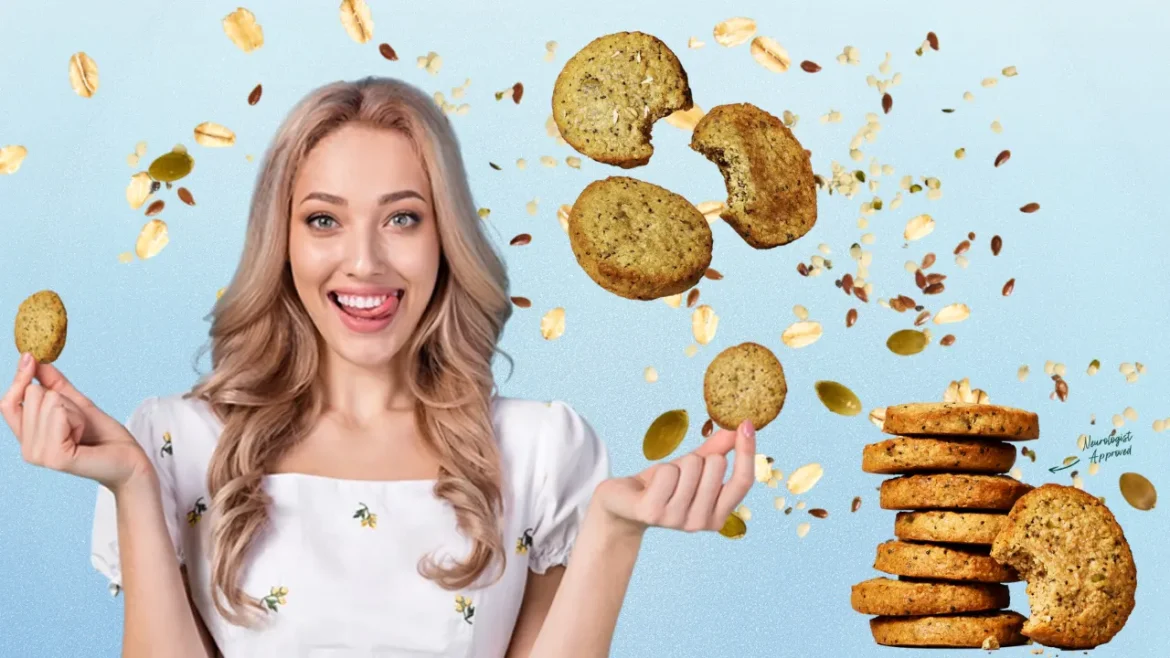Migraines affect more than 39 million Americans and nearly 1 in 7 people worldwide. They’re often triggered by some of the most commonly found, difficult-to-avoid foods, such as dairy and soy, and yet no snacks free of all common migraine-triggering ingredients existed on the market – that is, until Amia. Amia offers healthy, convenient snack bars free of all common foods known to trigger migraines, so you can enjoy something tasty on the go with newfound peace of mind.
You May Also Like:
Uncomplicate Your Diet with Clean Simple Eats: Where Flavor Meets Fitness
Are Nuts Good For You? The Noble Nut Is A Nutrient-Rich Snack
Migraines: not just a ‘bad headache’
Every day, millions of Americans suffer from migraines, which are far more serious than regular headaches. They’re caused by a disabling neurological disease that manifests in different symptoms and requires different treatment approaches from other headache disorders. The American Migraine Foundation says at least 39 million Americans live with migraines, though the number is likely higher because many people don’t receive a proper diagnosis or treatment. The World Health Organization ranks migraines as the sixth-most debilitating condition in the world, causing people to lose hours and even days of productivity on a regular basis. The American Journal of Managed Care estimates that lost productivity costs the U.S. economy $78 billion a year.
Migraine attack or headache?
How can you tell if your head pain is actually migraine? The symptoms of migraine vary from person to person, but if several of these statements are true for you, it could be a migraine and you should think about seeing a medical professional.
- Your head pain is moderate or severe and often intense. The pain may be hard to endure and may be unbearable.
- The pain may be on one side of the head or both. It could be in the front or in the back. Some patients experience migraine in or around their eyes and behind their cheeks.
- Your head pain causes a throbbing, pounding, or pulsating sensation.
- Your head pain gets worse with physical activity or any movement.
- You experience nausea and/or vomiting
- You are sensitive to light, noise, and/or smells.
- Your head pain is severe enough to make you miss school, work, or other activities (or it keeps you from being at your best when you do those activities).
- A migraine attack lasts anywhere from four hours to several days.
Possible “triggers” that might lead to migraine attacks
While all of the causes of migraines are not yet fully understood, researchers have identified numerous “migraine triggers” that can bring on attacks in many patients. Among the most common are stress, sensory stimuli, sleep changes, physical strain, hormonal changes in women, weather changes, and medications. Certain foods and additives are another trigger; these foods should be avoided by people susceptible to migraine attacks. Migraine trigger foods may include:
- Alcohol, specifically red wine
- Aspartame sweetener
- Beans and other tyramine-containing foods
- Caffeine (often found in foods, beverages, and medicines)
- Cheeses and yogurt
- Chinese food or other foods containing MSG
- Processed meats (containing sulfites e.g. bacon, sausages, salami, ham)
- Vitamins and herbal supplements (some contain caffeine or active ingredients that can make headaches worse)

Disarming common migraine triggers
According to the National Institutes of Health, the discovery of these dietary triggers has led researchers to consider treatments like elimination diets to help prevent migraines. Advancements in understanding what causes migraines have encouraged investigators to consider diet as a disease-modifying agent. Included in this research is the study of the “threshold theory,” which suggests that migraine triggers can add up during the day until sufferers reach a tipping point, leading to a full-blown attack. The solution, then, would be to decrease or altogether eliminate the number of triggers a person encounters and thus decrease the chances of an attack.
Eliminating all trigger foods from a diet is not always as easy as it sounds, especially when it comes to between-meal snacks. Millions of people are accustomed to eating a wide variety of snacks and heavily processed foods each day, and those are often filled with exactly the kinds of ingredients and additives migraine sufferers should avoid. Even careful label readers may miss some of the alternate names given to these additives. MSG, for instance, may appear as monosodium glutamate, sodium glutamate, sodium 2-aminopentanedioate, glutamic acid, monosodium salt, or monohydrate.
Looking for a trigger-free snack
Developing a snack completely free of migraine triggers that also provides plenty of healthy nutrients was the goal of Jon Katz, founder and CEO of Amia, a Texas-based snack food company. Its main product, Baked Oat and Seed Bars, is made from non-trigger ingredients such as gluten-free rolled oats, pepita seeds, ground flax, hemp hearts, and chia seeds. The bars are sweetened with natural sweeteners – brown rice syrup and agave. In addition, each portion contains 15 percent of the daily recommended value of magnesium, a lack of which may contribute to migraines in some sufferers. The bars are also available in cinnamon and coconut flavors, and Amia even sells them in a convenient variety pack.
The origins of a migraine-friendly snack
Katz himself has suffered from migraines since age 7, and he says the clusters of migraines that hit him on a regular basis were threatening to disrupt his life. He was hit by a dozen migraines in three weeks back in January 2023, the largest cluster he had ever encountered, and that’s when he decided to make the dietary and lifestyle changes that eventually led to Amia.
“Thirty-nine million Americans struggle daily, weekly, or monthly with migraine attacks, yet have been underserved and underappreciated for years. There are countless ‘better-for-you’ food categories between digestive health, IBS, celiac, weight management, etc., but nothing for those living with migraine,” Katz says. “At Amia, we believe you can control some of the frequency of your attacks through a cleaner, trigger-free diet, and our mission is to make it easy and convenient for people living with migraine to do so.”

Many resources are available for people who suffer from migraines
First published in 1991, “Heal Your Headache” has become a popular reference work that has helped many migraine sufferers identify their own sets of triggers and learn ways to avoid them. In the book, Dr. David Buchholz, an Associate Professor of Neurology at Johns Hopkins University, suggests ways that people can control their headaches, not just through medication, but through avoiding “rebound” and implementing a diet that’s right for them.
The Amia website offers a summary of Dr. Buchholz’s book and expounds on the theory of elimination diets and trigger thresholds, and provides links to relevant research. Katz says his company is also using social media to share other resources with migraine sufferers.
Living a trigger-free life may involve major changes such as reducing stress, developing healthier sleep patterns, avoiding physical strain, and working with a medical professional to find the right balance of medications. It may also involve simpler changes, such as eliminating trigger foods from your diet and switching to snacks like Amia’s Baked Oat and Seed Bars, which are formulated to avoid ingredients that might lead to migraines.

For Further Research:
American Migraine Foundation – What is Migraine?
Johns Hopkins Medicine – Migraine Headaches
National Headache Foundation – Headache Tools
Cleveland Clinic – Migraine Headaches
Mayo Clinic – Migraine Headaches: Symptoms and Causes
Important Note: The information contained in this article is for general informational purposes only, and should not be construed as health or medical advice, nor is it intended to diagnose, prevent, treat, or cure any disease or health condition. Before embarking on any diet, fitness regimen, or program of nutritional supplementation, it is advisable to consult your healthcare professional in order to determine its safety and probable efficacy in terms of your individual state of health.
Regarding Nutritional Supplements or Other Non-Prescription Health Products: If any nutritional supplements or other non-prescription health products are mentioned in the foregoing article, any claims or statements made about them have not been evaluated by the U.S. Food and Drug Administration, and such nutritional supplements or other health products are not intended to diagnose, treat, cure, or prevent any disease.


